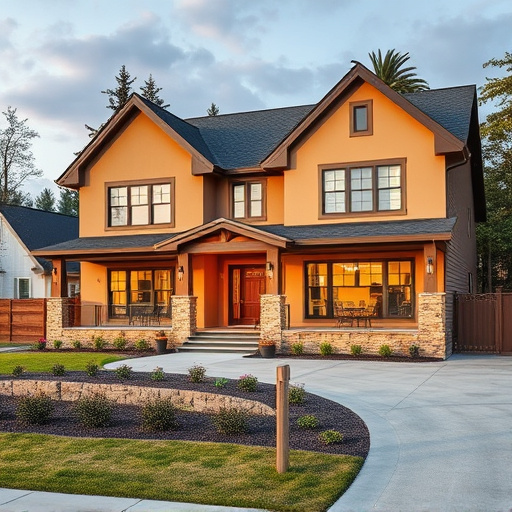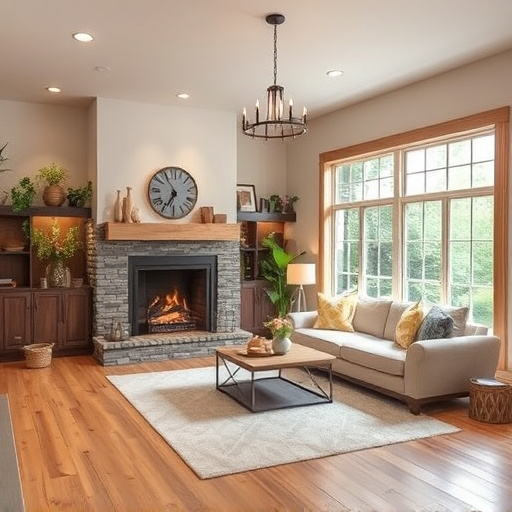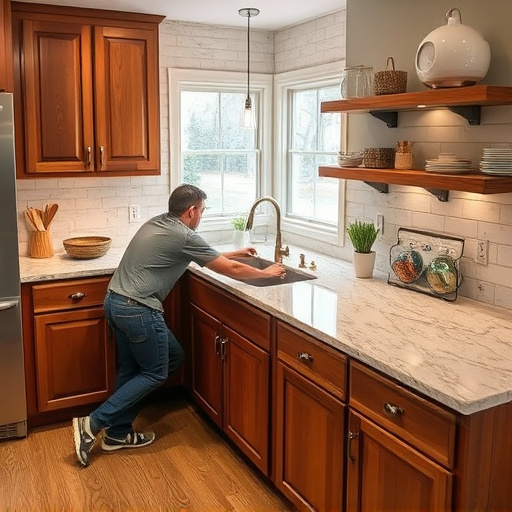Choosing eco-friendly materials for office design is crucial. Opt for recycled plastics, certified woods like FSC products, and upcycled metals to reduce environmental impact and minimize waste. Natural, locally sourced options like bamboo and recycled wood lower VOC emissions and improve indoor air quality. Sustainable flooring like cork or recycled rubber adds durability and aesthetics. Energy-efficient appliances and modular, long-lasting furniture contribute to global efforts to preserve natural resources, creating healthier planets and productive work environments while ensuring unique style and space efficiency.
Transform your workplace into an eco-friendly oasis with sustainable office design ideas. In today’s world, creating green workspaces isn’t just an ethical choice; it’s a strategic move to enhance productivity and attract like-minded talent. From selecting eco-conscious furniture to incorporating natural elements and implementing energy-efficient solutions, this guide explores innovative ways to make your office a model of sustainability. Discover how these strategies not only benefit the environment but also contribute to a healthier, happier workforce.
- Choosing Eco-Friendly Materials for Office Furniture and Fittings
- – The impact of materials on sustainability
- – Tips for selecting eco-conscious office furniture
Choosing Eco-Friendly Materials for Office Furniture and Fittings
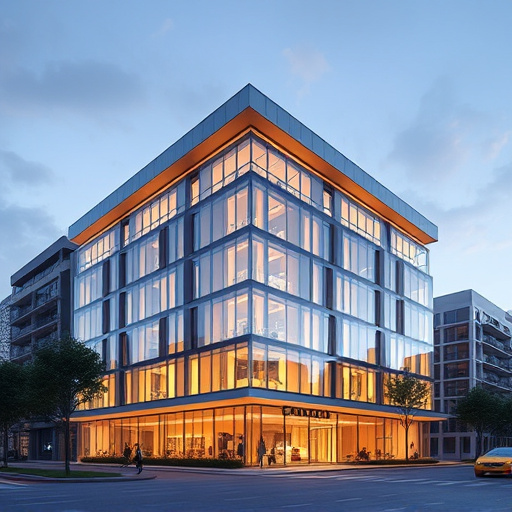
When designing a sustainable office, one of the fundamental steps is to select eco-friendly materials for furniture and fittings. This choice goes beyond aesthetics; it significantly reduces the environmental footprint of your workspace. Opting for materials like recycled plastics, certified woods (such as FSC-certified products), and upcycled metals not only minimizes waste but also supports sustainable practices. These materials are durable, ensuring longevity in your office design while contributing to a greener planet.
Furthermore, consider customising work areas with sustainable solutions tailored to your space. From ergonomic desks made from recycled content to eco-friendly carpeting options, these additions enhance the overall sustainability of your office remodel, aligning with broader home improvement services that focus on environmental responsibility. This approach ensures not only an aesthetically pleasing but also environmentally conscious workplace.
– The impact of materials on sustainability
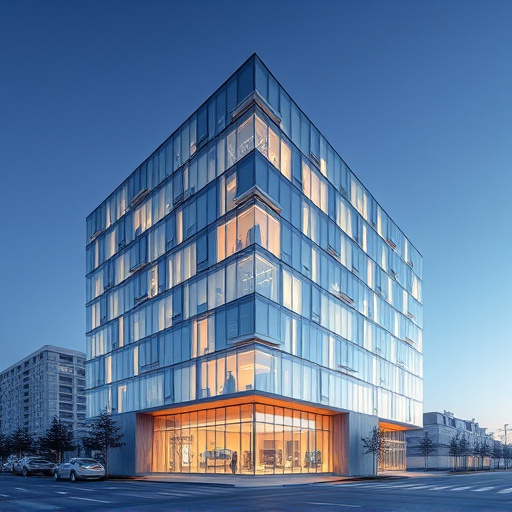
The choice of materials plays a pivotal role in making an office design sustainable and environmentally friendly. Opting for eco-conscious options can significantly reduce a workspace’s carbon footprint, promoting a greener workplace culture. Natural, locally sourced materials like bamboo, recycled wood, and linoleum are excellent alternatives to traditional, non-sustainable counterparts. These choices not only minimize the environmental impact but also contribute to improved indoor air quality, as they often have lower volatile organic compound (VOC) emissions.
In addition to furniture, sustainable office design can incorporate eco-friendly flooring solutions, such as cork or recycled rubber, which offer durability and comfort without compromising on aesthetics. Similarly, when considering renovations, whether for an office, kitchen, or bathroom, choosing energy-efficient appliances and fixtures is essential. This shift towards sustainability in residential and commercial spaces collectively contributes to a healthier planet, ensuring that our work environments are not just productive but also aligned with global efforts to preserve natural resources for future generations.
– Tips for selecting eco-conscious office furniture

When designing a sustainable office, choosing eco-conscious furniture is a key step. Opt for pieces made from recycled or reclaimed materials, such as bamboo, upcycled wood, and plastic bottles. These options not only reduce waste but also bring a unique aesthetic to your space. Look for furniture with certifications like Forest Stewardship Council (FSC) or GREENGUARD, which guarantee responsible sourcing and low chemical emissions.
Consider the longevity and versatility of each item as well. Choose modular furniture that can be reconfigured to accommodate changing team sizes and work styles. This reduces the need for frequent purchases and minimizes waste. Additionally, incorporate multifunctional pieces like a sofa-bed or a height-adjustable desk, which serve multiple purposes in limited spaces, aligning with eco-friendly practices and streamlining your office design project, whether it’s part of a home renovation or a multiple room remodel, or even customized home renovations.
Incorporating sustainable practices into office design is not just an eco-conscious choice, but a strategic move towards a healthier and more productive work environment. By opting for eco-friendly materials in furniture and fittings, businesses can significantly reduce their environmental footprint while creating spaces that reflect their commitment to sustainability. These simple yet effective office design ideas empower organizations to lead by example, inspiring both employees and clients with their dedication to greener workplaces.









